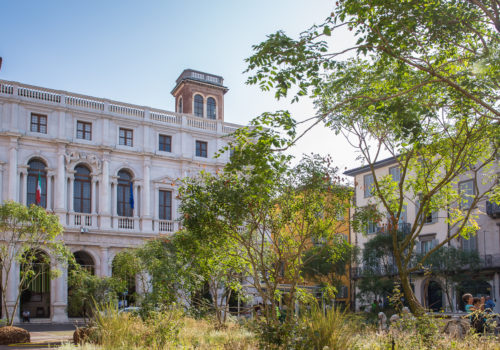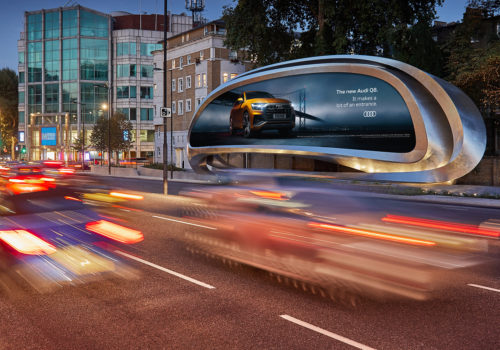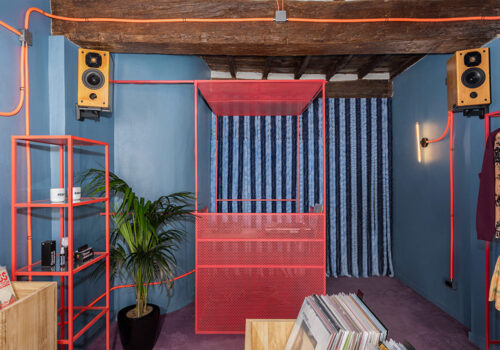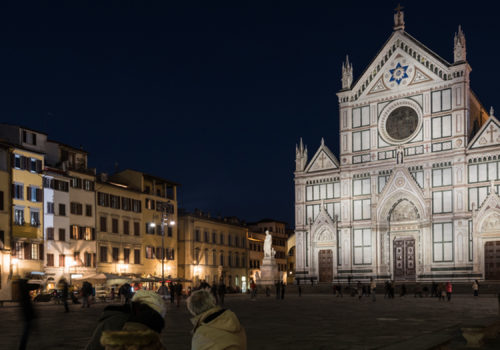Now in bookshops, a new book published by Elèuthera that collects the texts and writings of the American intellectual
One of the recent videos of the World Economic Forum (Wef), made for social networks, discusses the concept of “city in 15 minutes” and the recent experiments that Paris and Barcelona, as well as Milan, are conducting to improve the quality of life of their citizens. This concept – which is paired with the dichotomy “towns yes/towns no”, another leitmotiv at the centre of discourse for city planners and architects in the era of Covid 19 – citizens should have everything they need no more than 15 minutes away, following a principle of proximity. A theory that involves not only designers, but sociologists, demographers and anthropologists as well, in a discussion on how the urban centres of the future will have to be planned and designed.
The striking thing about this Wef video, is that in addition to the father of this idea – Carlos Moreno, a professor at the Sorbonne in Paris – it cites the name of Jane Jacobs (1916-2006), an intellectual, editor of Architectural Forum, and a great critic of Le Corbusier and his principle of the Ville Radieuse, and for this reason the target over the years of bitter criticism and attacks (also directed at her being a woman in an environment dominated at that time by men). A city planner sui generis, if she can be defined that way though she never earned a degree, she influenced entire generations of designers including the renowned sociologist Richard Sennett. To her revolutionary work is dedicated a small, but interesting book recently published by Elèuthera and titled Città e libertà (176 pages, 16 euro) edited by Michela Barzi. A collection of short texts and letters written by Jacobs that revolve around one of her key ideas: the chaos that underlies the city’s ecosystem is none other than the source of its freedom.
Jacobs believed that urban centres designed without taking into account the life of its inhabitants in the name of rigorous orderly planning, never work. «The question that runs through Jacobs’ thinking about cities and their transformations substantially regards the conflict that arises when the urban experience of the inhabitants is overridden by architects’ and city planners’ ideas about the city – writes Barzi in the introduction to the book – to which the institutional planning process works to provide political legitimation». Jacobs’ approach, which recurs in almost all the texts contained in the book, is on the contrary based on the observation of this ecosystem and the real needs of those who live there, beginning with the street:
«It’s important to go out, and walk – underlines Jacobs in “Downtown is for people”. Walk, and you will see that many of the assumptions on which the projects depend are visibly wrong. You will see, for example, that a worthy and well-kept institutional centre does not necessarily upgrade its surroundings”
she says, in what might seem a serene strike at the mantra of the modern concept of “urban regeneration” at all costs. The street is the nerve and communication centre, node for commercial trade, with various functions all mixed together. This is where the life and vitality of urban centres becomes embedded, not with top-down rational planning “with compass and ruler”, but with being considered from the “bottom up”. «Every plan that works must be based on what prompts the tendency of the city towards constructive behaviour, she notes, or at least prepares to accept it, rather than on the oversimplification of an infinity of details that are impossible to manage».
But the real key to Jacobs’ academic and urbanistic “insurrection” resides in this concept:
«The innovative architectural and city planning ideas of our time have come out of unplanned places, or a series of many little plans, and we should expect this to be valid in the future, in terms of city planning that we cannot foresee today».
A very similar concept may be found in Sennett’s writing. Non-planning as the ultimate freedom and, we might add, as an element for the survival of our city centres and a way for cities to return to the centre of the discussion.
Can the new 15-minute neighbourhoods really be that in the post-Covid era? Maybe, if designers learned to listen to people.

Cover image: A view of New York City with the Empire State Building and One World Trade Center from the Rockefeller Center ©JaxsonD
© ALL RIGHTS RESERVED
translation by Olga Barmine






